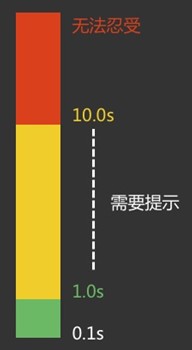Mastering MySQL Filter Functions: Simplifying Your Data Management(mysql过滤函数)
Data management can be an intimidating and time-consuming task. It is important to have a reliable way to organize and retrieve information quickly and accurately. Fortunately, there are many powerful functions in the MySQL database system which allow developers to filter data quickly and efficiently. In this article, we will explore the various filtering functions available in MySQL and discuss how they can be used to simplify data management tasks.
The most basic filtering functions available in MySQL are the WHERE, LIKE and RLIKE clauses. The WHERE clause is used to filter records based on specified conditions. For instance, if you had a table of customers, you could use the following clause to find customers whose first name is ‘John’:
`SELECT * FROM customers WHERE first_name = ‘John’;`
The LIKE clause allows you to search for records based on certain patterns. For example, if you wanted to find customers whose first name started with the letter ‘J’, you could use the following clause:
`SELECT * FROM customers WHERE first_name LIKE ‘J%’;`
The RLIKE clause allows you to search for records based on regular expressions. This is useful if you need to search for records containing special characters, numbers, or any other type of pattern. For example, if you wanted to find customers whose phone numbers contained the area code ‘212’, you could use the following clause:
`SELECT * FROM customers WHERE phone_number RLIKE ‘212[0-9]{7}’;`
In addition to the basic filtering functions, MySQL also provides additional functions for more complex filtering tasks. The DISTINCT clause allows you to eliminate duplicate records from your result set. For example, if you wanted to find unique customers who had purchased an item from your online store, you could use the following clause:
`SELECT DISTINCT customer_name FROM purchases;`
The GROUP BY clause is used to aggregate records based on one or more common characteristics. This is useful when you need to calculate the total number of purchases made by a customer, or to group records together by country. For example, if you wanted to group customers by country and then count the number of customers in each group, you could use the following clause:
`
SELECT country, COUNT(*) FROM customers GROUP BY country;`
Finally, the ORDER BY clause can be used to sort records by a particular field or multiple fields. This is useful if you need to find records in a particular order, such as customers with the highest purchase totals, or the most recent orders. For example, if you wanted to sort customers alphabetically by their last name, you could use the following clause:
`SELECT * FROM customers ORDER BY last_name;`
By mastering the filtering functions available in MySQL, developers can simplify the process of querying and managing data. Their versatility allows you to quickly and accurately filter and sort records based on any criteria. With this powerful tool at your disposal, data management will no longer be an overwhelming task.




